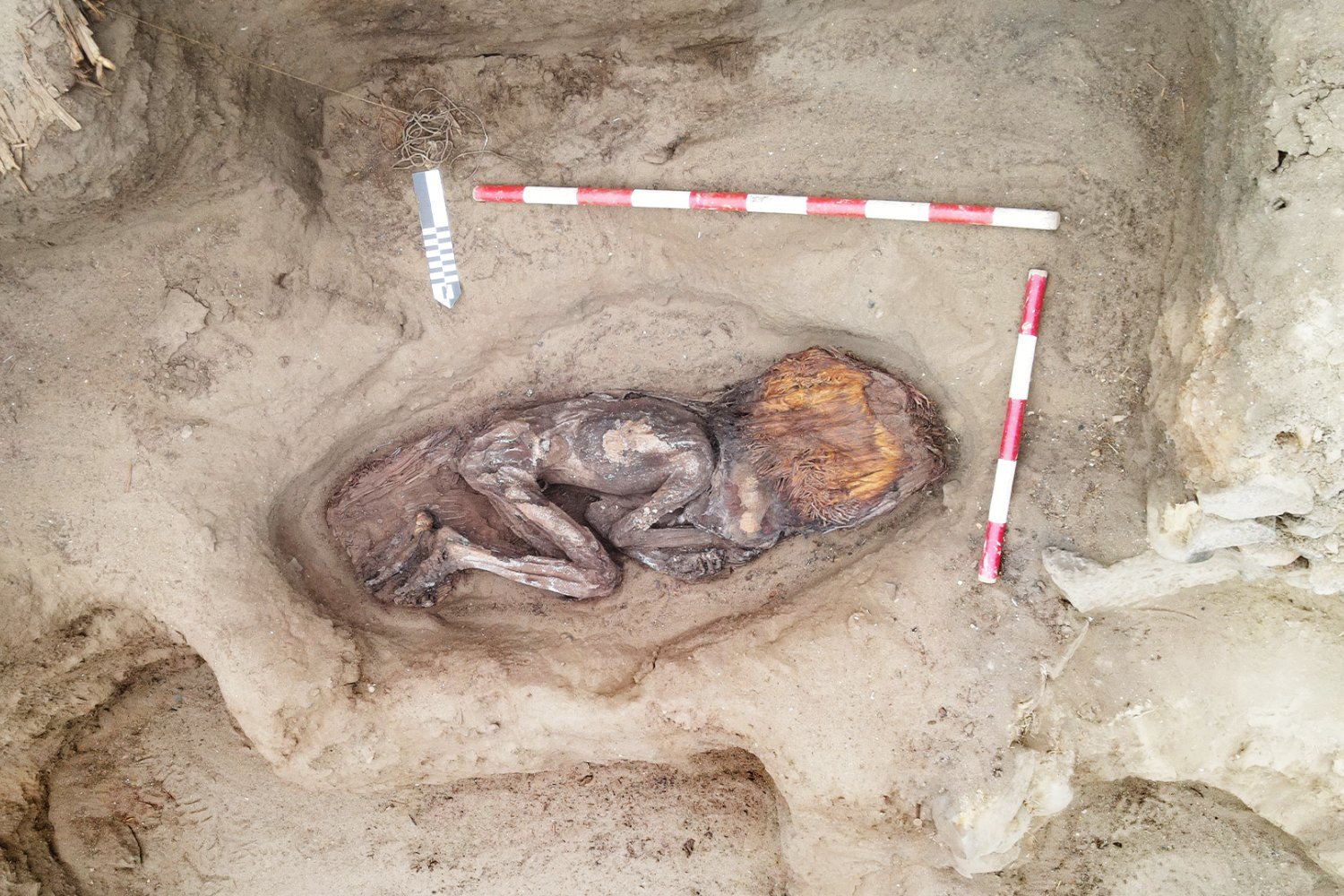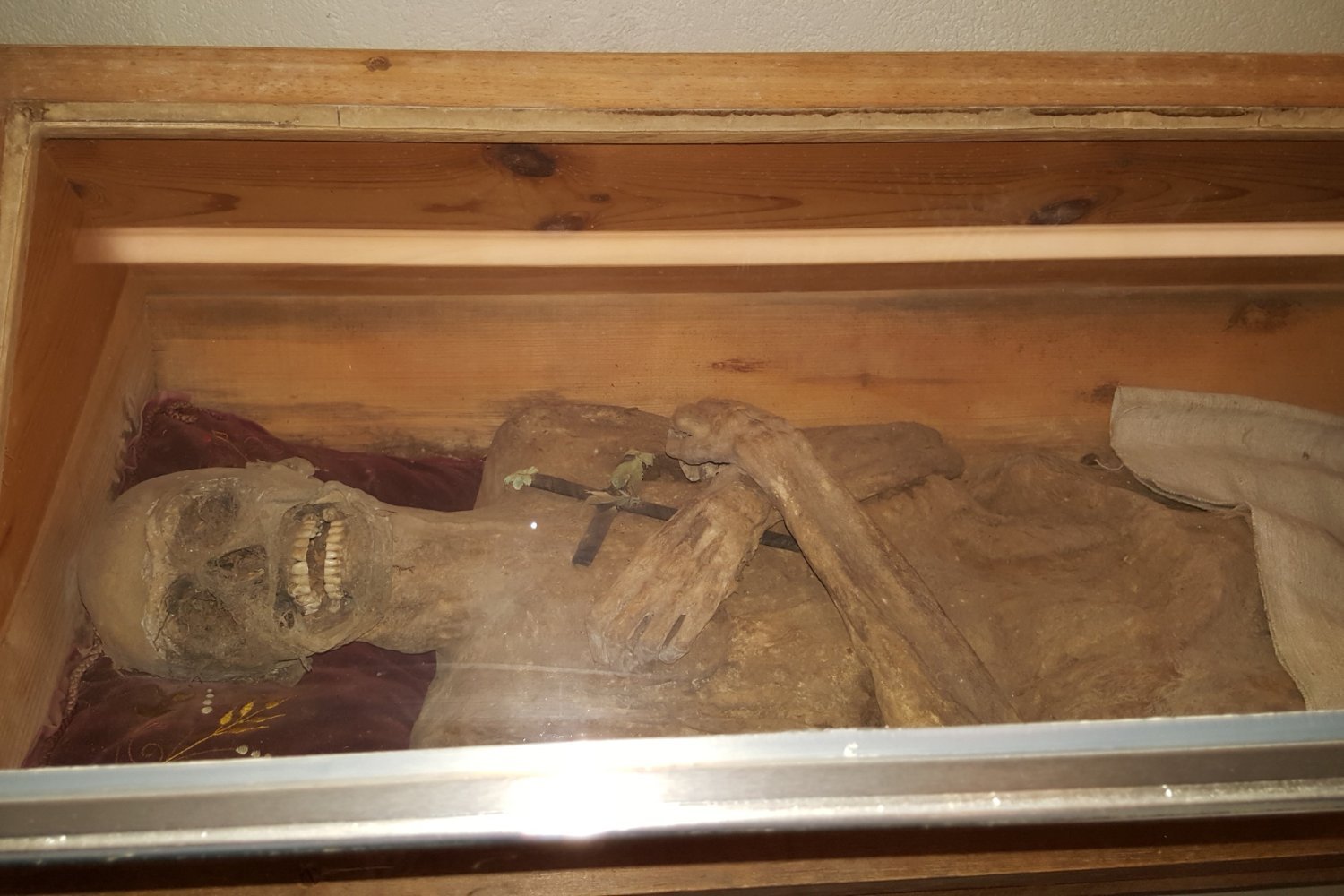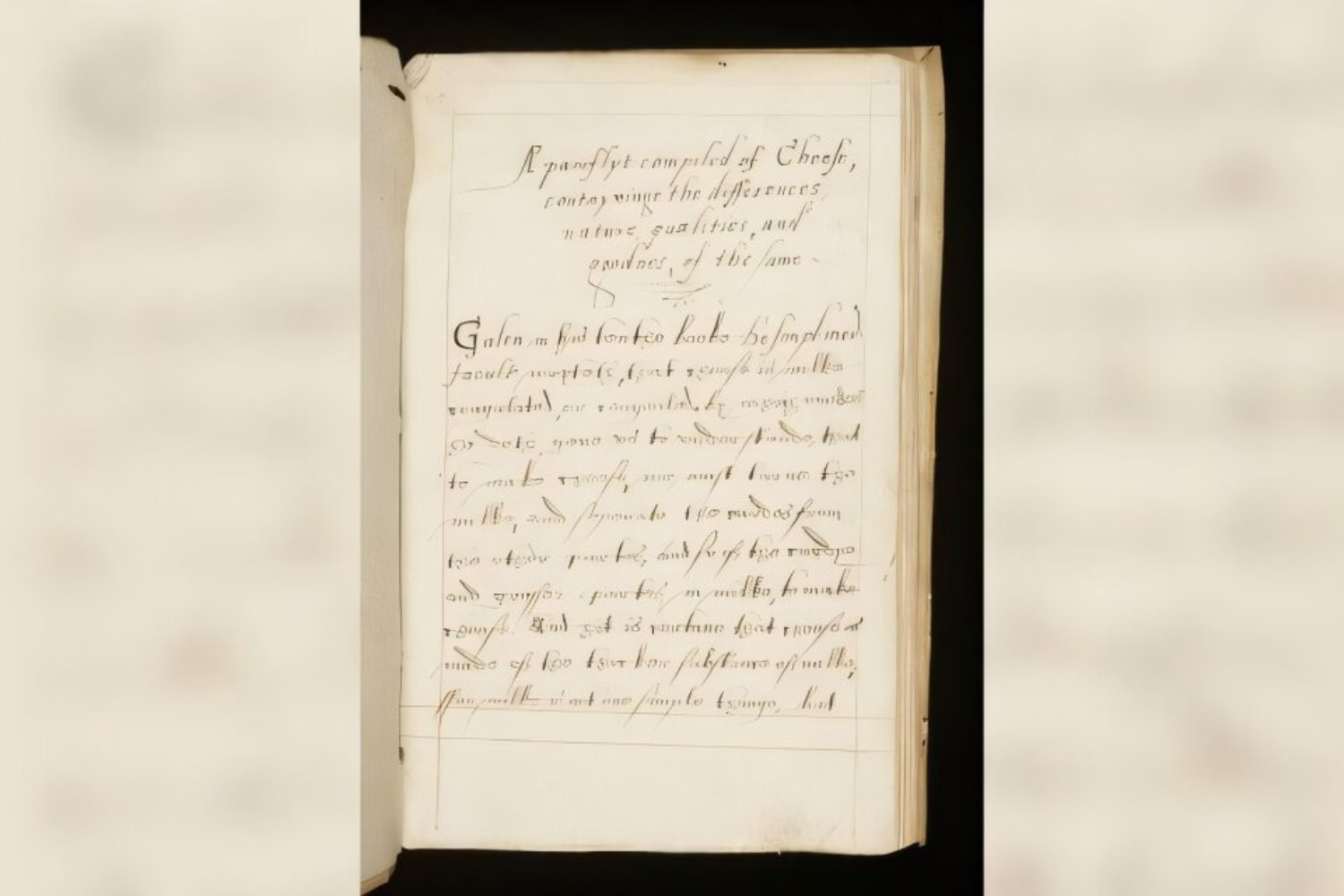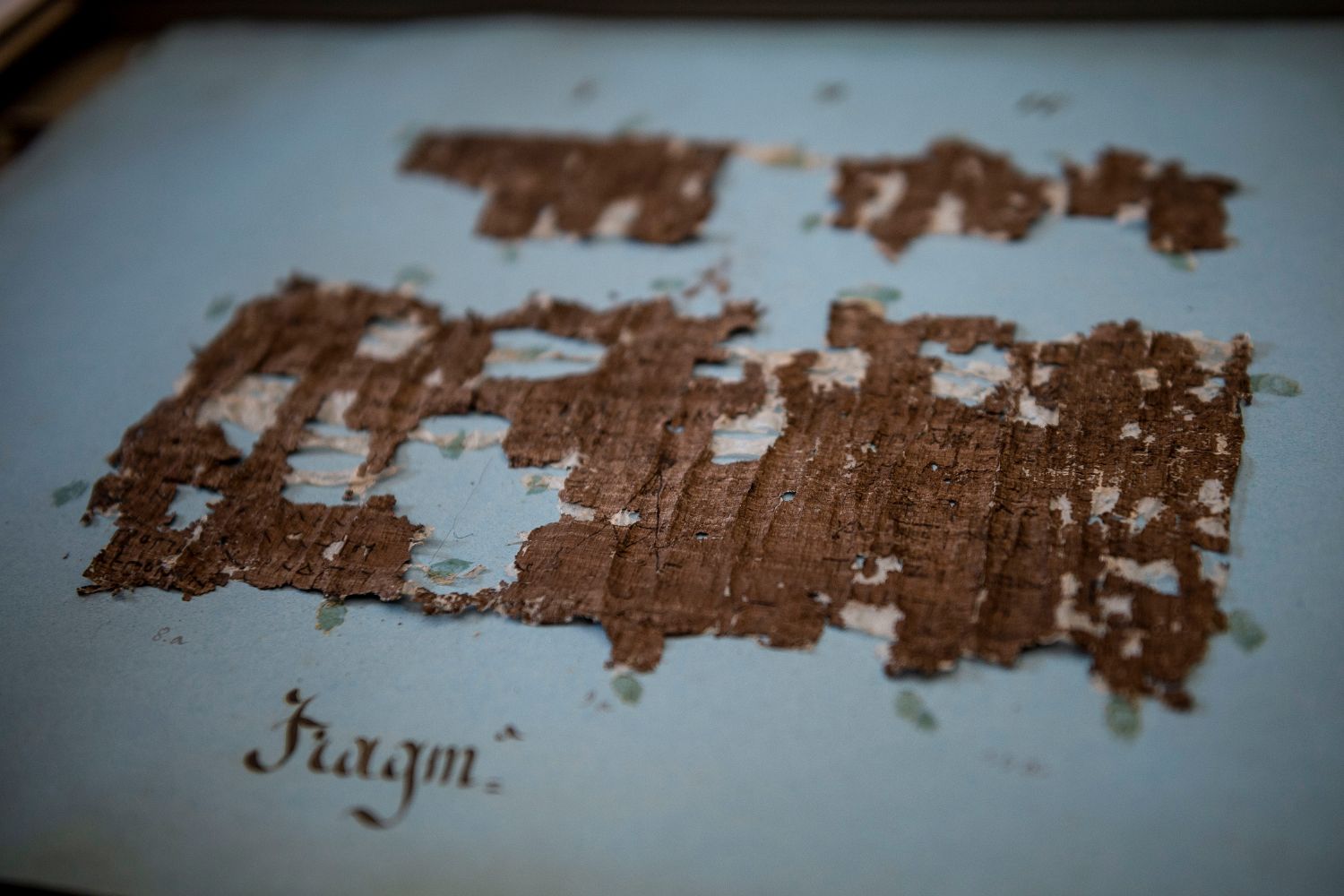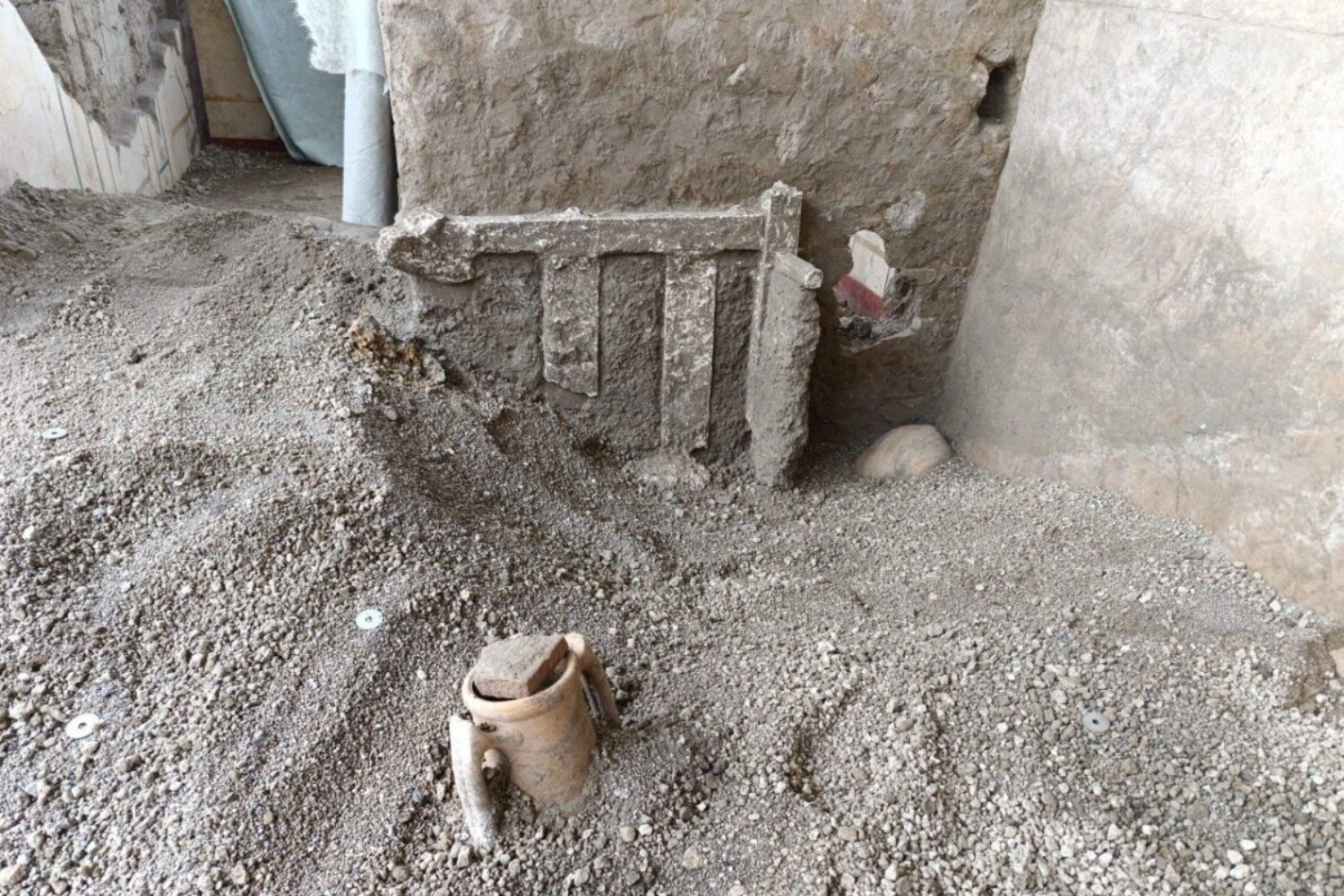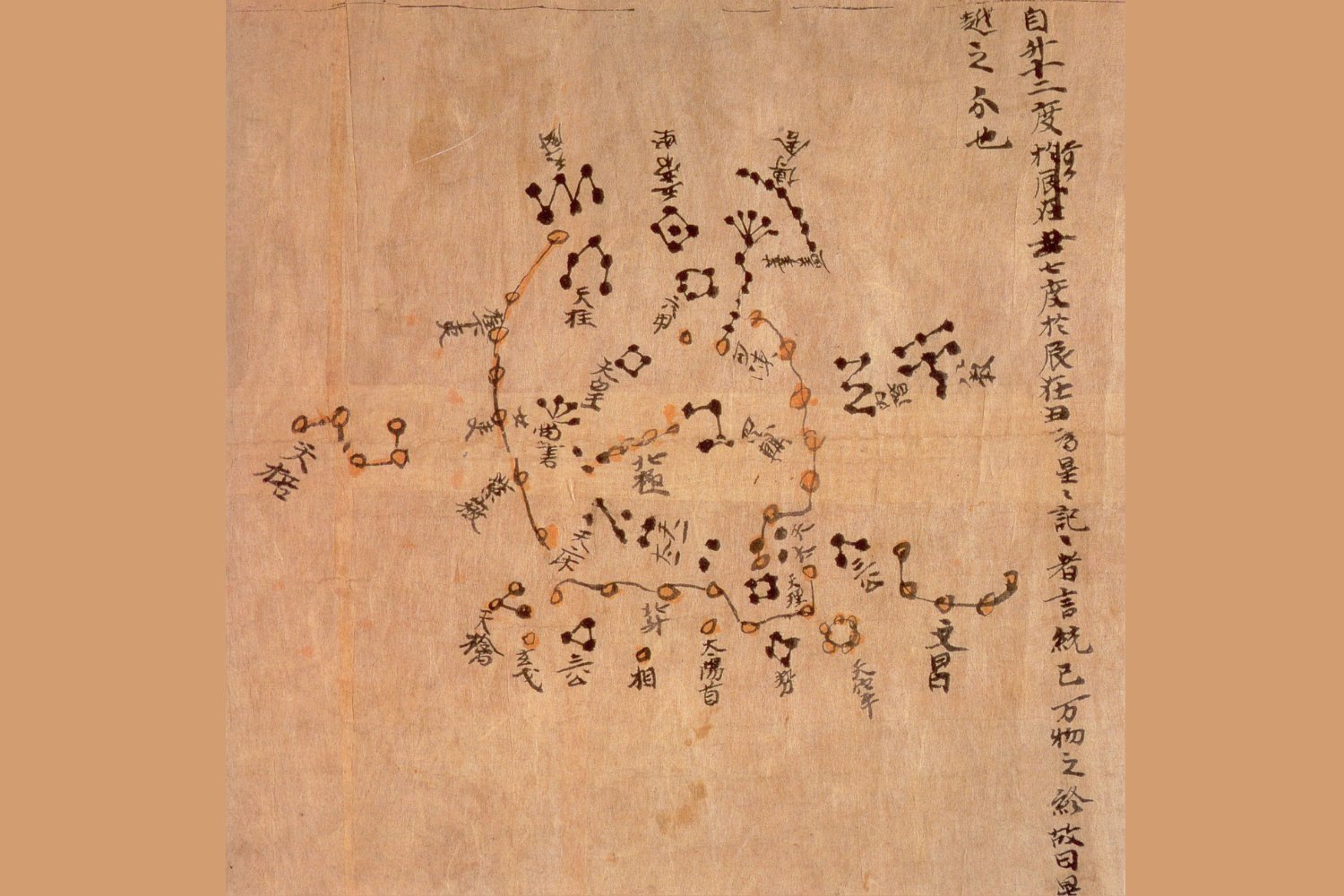Around 3000 BCE, as ancient Egypt unified, the Caral-Supe civilization, also known as Norte Chico, emerged in present-day Peru. Considered by some to be the oldest civilization in the Americas, Caral-Supe has yielded a remarkable new discovery: the exceptionally well-preserved burial of an elite woman.
Archaeologists unearthed the burial in Áspero, a Caral fishing town in Peru’s Lima region. The woman, estimated to have been between 20 and 35 years old at the time of her death, was found wrapped in cotton, reed mats, and a unique panel embroidered with macaw feathers, a remarkable example of early Andean feather art. This preservation of skin, hair, and nails is extraordinary for the region.
The woman’s attire included a fiber headdress adorned with twisted threads. The grave goods accompanying her were impressive, including reed baskets, an intricately crafted needle, an Amazonian snail shell, a toucan beak decorated with beads, gourds, wool textiles, a fishing net, weaving tools, and numerous sweet potatoes. While the exact age of the remains is yet to be determined, Áspero’s inhabitation between 3000 and 2500 BCE suggests a minimum age of 4,500 years.
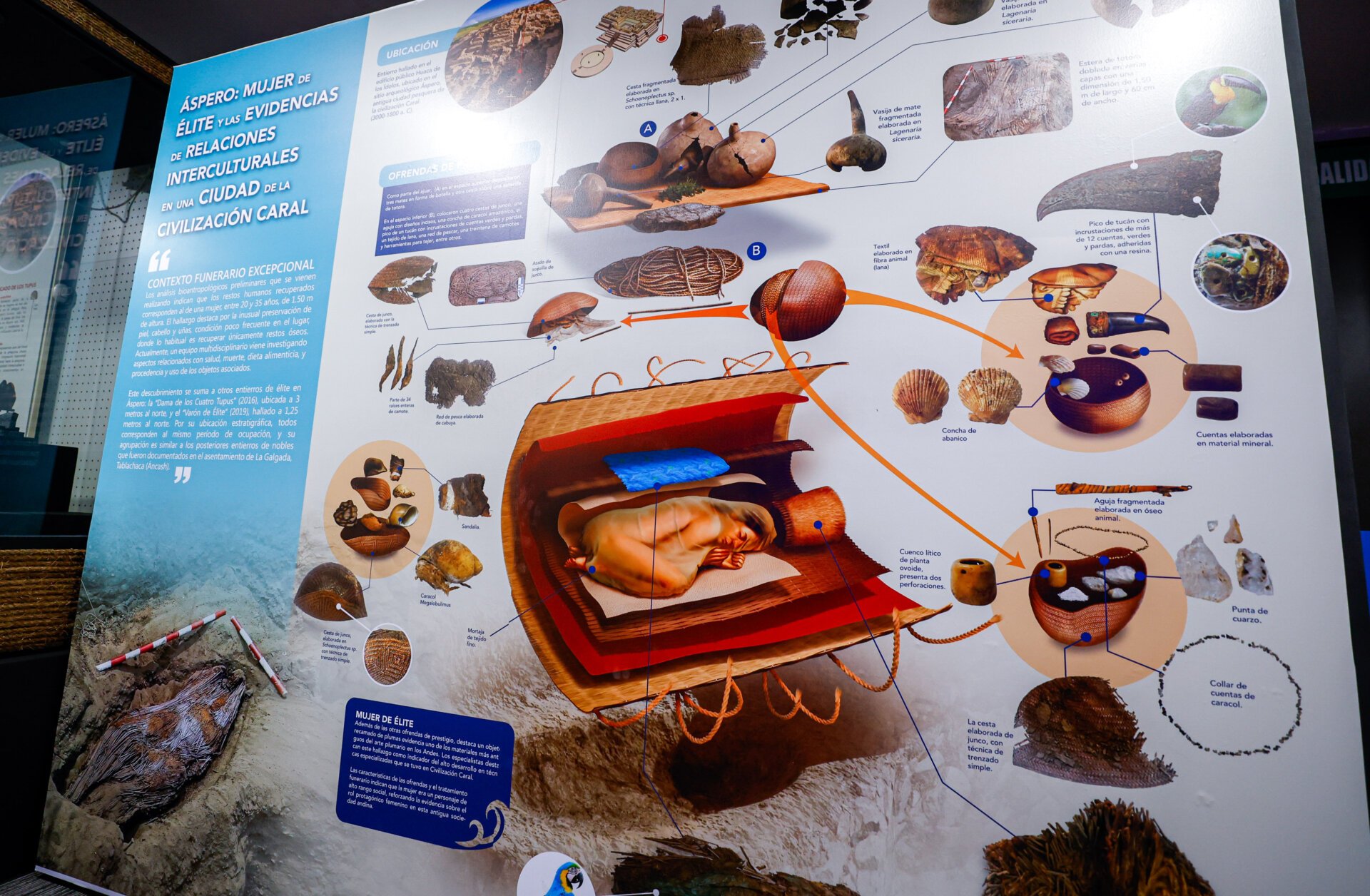 Explicative PanelA diagram illustrating the layout of the elite woman’s burial. © Peruvian Ministry of Culture
Explicative PanelA diagram illustrating the layout of the elite woman’s burial. © Peruvian Ministry of Culture
This elaborate burial signifies the woman’s high social standing within Caral society, supporting the theory of women holding significant roles in this ancient community. It also highlights the advanced and specialized nature of Caral civilization. Researchers plan to further analyze the artifacts, exploring their origins and potential connections to Caral health, death rituals, and dietary practices.
This discovery adds to a growing body of evidence showcasing Caral’s cultural importance. Two other elite burials were found nearby in 2016 and 2019, along with 22 architectural complexes at the ocean-front site. Artifacts reveal the Caral people’s craftsmanship with marine materials and their participation in both local and long-distance trade networks to obtain goods from the jungle and mountains. Despite this trade, evidence suggests Caral was relatively isolated compared to other contemporary civilizations like the Sumerians and Harappans.
Once hidden beneath a modern landfill, Áspero and its buried elite offer a glimpse into the legacy of a civilization potentially the oldest in the Americas.



